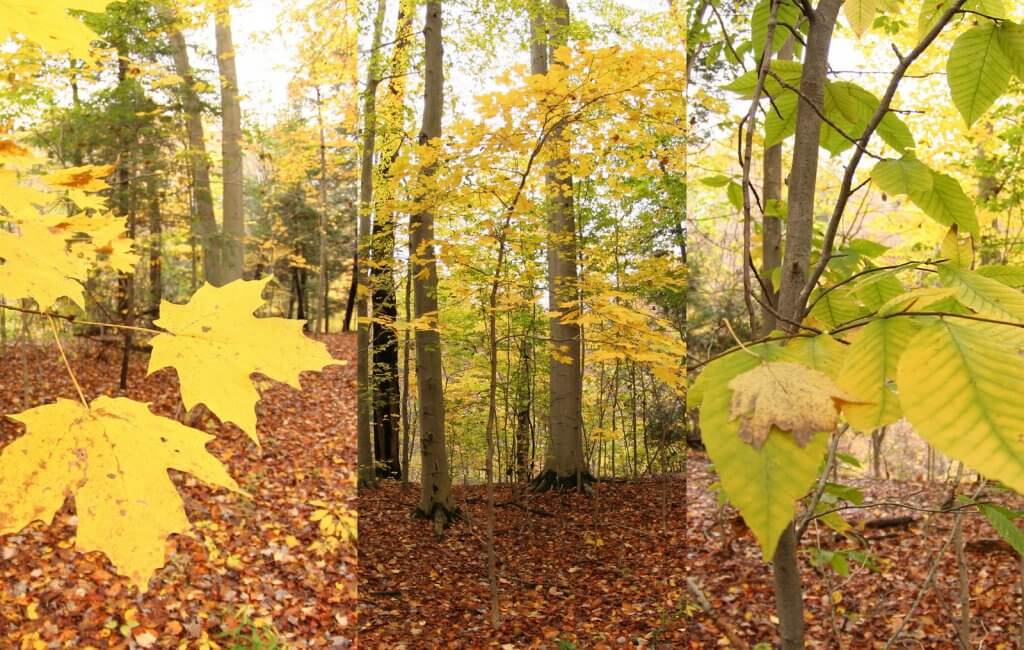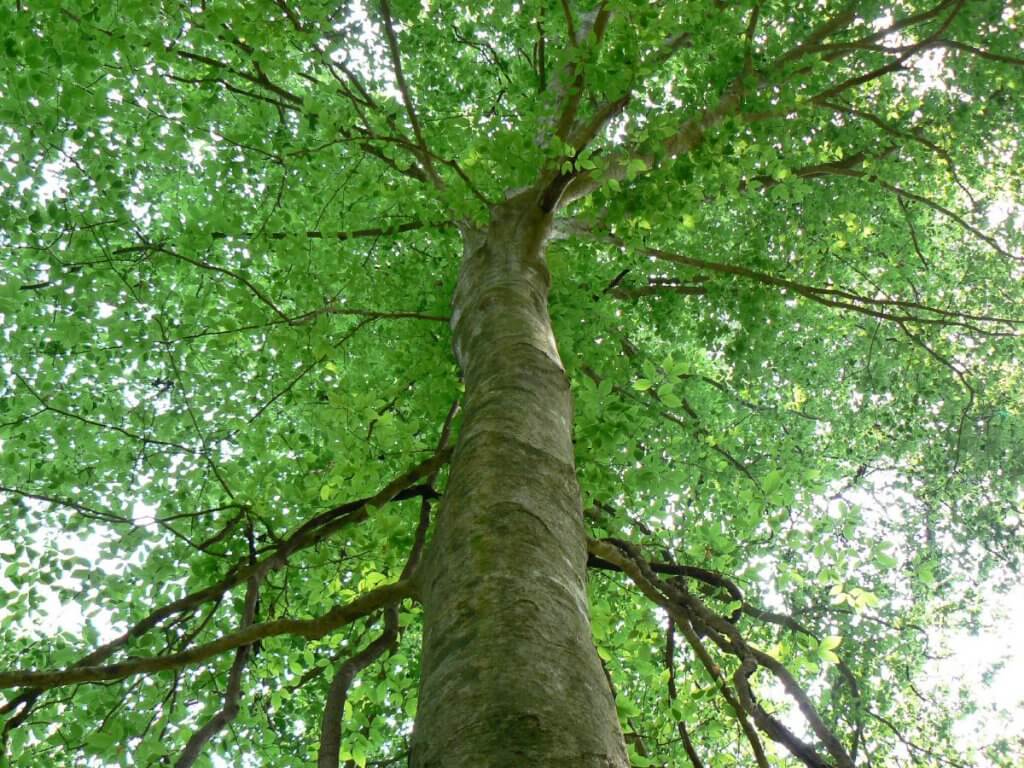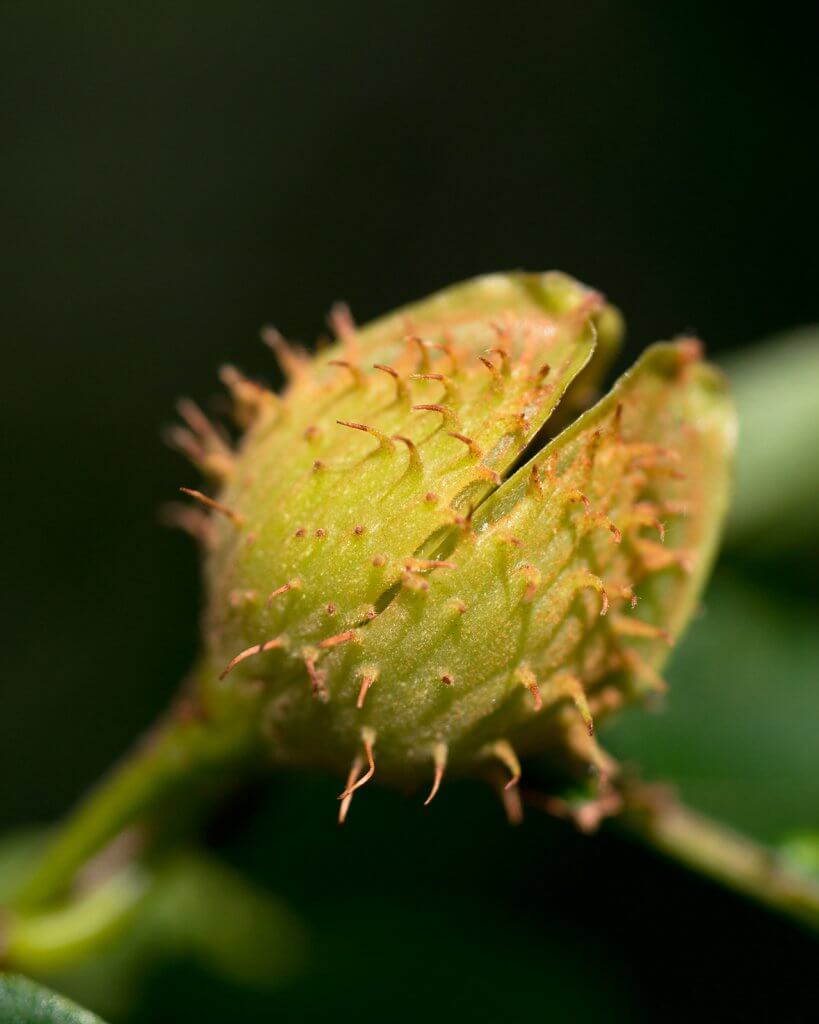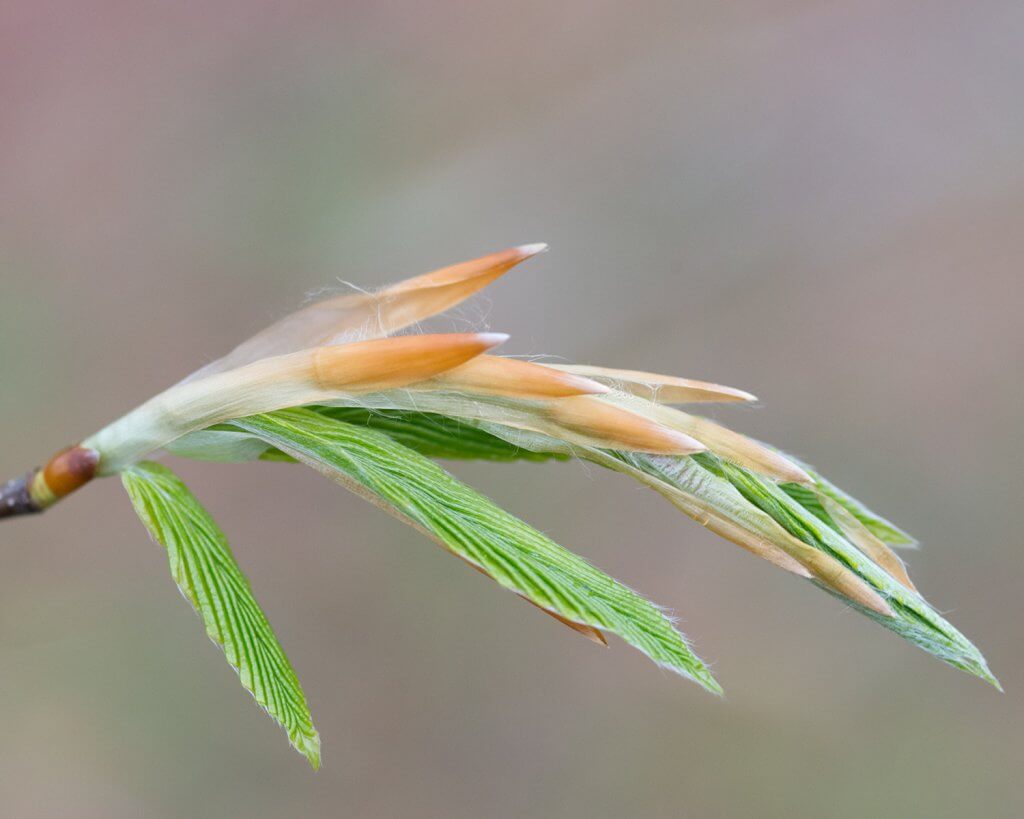American Beech (Fagus grandifolia) is a grand species of beech, native only to North America and small pockets of South East Canada. Because of its range you may also know it by the name of North American Beech. It’s native covering within the US is mainly throughout the Eastern states, from Northern Florida up to Maine. It is a shade tolerant species that you will often find growing in forests alongside sugar maples (Acer saccharum). As a pair they create ‘climax-mesic’ or ‘beech-maple’ forests which are dominated only by the two species. It is not at all tolerant of urban pollution or salt. Therefore wild varieties are typically found away from the coast and tend to flourish best at quite a distance from cities.

Characteristics
You will generally find them growing at a maximum height of 35 meters. They are very slow growers, exceeding no more than 60cm a year. It’s stately canopy reaching high and its broad branches stretching wide to form a dense oval like shape. They are very similar in size and shape to the European beech (Fagus sylvatica). However the American beech leaves are larger and the trunk has a lighter gray coloring.
They provide welcome shade in the summer months and an arresting display of colors in the autumn. Many landscape gardeners opt for an American beech when a large, majestic tree is required. It is greatly ornamental.
Beeches are particularly drought sensitive, and flourish best within well-drained, loamy and slightly acidic soils. Beech bark is relatively smooth and gray, and rarely heals well, if at all. This has transpired into young couples and youths engraving initials into the bark, as it will remain there for the life of the tree. It’s leaves are a dark and fairly glossy ‘forest’ green, with lightly serrated edges. With spiked husks growing and ripening in autumn to contain the coveted beechnuts within.

Historical Uses
Early American settlers would often look to American beech trees as a sign of highly fertile soil. Many stories emerged where the beech was uprooted and removed to make way for an area of fertile farm land.
Settlers would also forage beechnuts to be ground into flour, which in turn could be used to create cakes and breads. Recipes would often substitute half of the wheat flour for beech, allowing wheat flour stores to be stretched.
Foraging
You can begin foraging from as early as late August, as the beechnuts begin to ripen. October is usually when beechnuts will begin to become scarce. As they ripen the husks split open revealing between 2-4 hidden nuts nestled inside.
The beech tree and its husks are very distinctive, so collecting nuts from the correct tree is no issue. Foraging is considered safe for a novice.
Whilst foraging for the husks and rifling round through the growing carpet of beech leaves you may come across a number of empty husks. Older husks in particular will likely be empty as local wildlife has already discovered the delectable treat inside. However another reason could be that the fruit or ‘husk’ has not developed the nuts within. This tends to happen on solitary trees.

Typically, beeches will only begin to bear large amounts of beech nuts when the tree has fully matured at roughly 40 years old. So planting a young tree within your garden will not guarantee you a great yield of nuts.
Beech nuts make a tasty snack for humans and wildlife alike. For this reason, when foraging, please be sure to not pick the area clean. Many species including squirrels, black bears and a number of birds may rely on local trees as a food source as winter begins to set in.
Edible parts and other uses
Beechnuts can be eaten raw, however cooking, particularly roasting, is always best to make them much more palatable. Raw beechnuts can cause stomach upsets if too many are consumed.
As well as eating the nuts whole, they can also be pressed to create a flavorful oil, and even a butter. Beechnut flour can also be created when the nuts are ground down. This can be used to create very flavorful and nutritious cakes.
The young leaves and shoots of American beech can also be harvested and eaten. They can be combined with other leafy greens in a salad or cooked up as a leafy side dish. It is usually best to harvest younger leaves, as more mature leaves will have a tougher texture.
Wood harvested from American beech has a number of uses, including the creation of furniture and firewood.

Cautions
You must be sure to limit the number of raw beechnuts that you may consume. They contain a toxin which can cause stomach pains if eaten in high quantities. The husks themselves can be particularly spiky, especially when old and dry, so general care must be taken if foraging with young children.
Current Culture
Today beechnuts are not readily available commercially. They are relatively tricky to harvest mechanically and at great volume, so beechnuts have rather dropped off the radar of modern life. However more and more people are beginning to recognise, once again, their nutritious and tasty appeal. They are approximately 50% fat and 20% protein. Greatly appealing to avid foragers and those looking to prepare foods and dishes with nutritious local ingredients.
American beech trees are currently greatly threatened by beech bark disease. Beech scale insects create open ‘wounds’ within the tree that allows the infection of certain fungi. Some fungi can be particularly deadly, and they will soon establish a rapid growth, killing the majestic tree. Another current threat is beech leaf disease, caused by tiny worms or ‘nematodes’. The situation is being closely monitored by foresters and plant pathologists.
Did you know…
It’s also possible to create a syrup from the sap of American beech trees. The sap can be extracted in the same way we would tap a maple. It does however create a much lower yield, so expect only a very small bottle of syrup after boiling down the sap!
To Conclude
American beechnuts are a fantastic snack to forage during the Fall. Walking beneath their dense canopy of glowing golden leaves and searching the ground for nuts is a wonderful family activity. The smell of roasting beechnuts will also fill you home with a wonderful aroma as you prepare this delicious fall treat.
—————Written by Hannah Sweet
Hannah is a freelance writer and graphic designer from the UK. With a penchant for travelling, photography and all things botanical, she enjoys writing about a wealth of topics and issues, from conservation and slow living, to design and travel. Learn more about her writing and design services at www.sweetmeanders.co
Many of our readers find that subscribing to Eat The Planet is the best way to make sure they don't miss any of our valuable information about wild edibles.
See our privacy policy for more information about ads on this site






